What Are The Best Lens Filters ?
The best lens filters depend on the specific needs and preferences of the photographer. Some popular options include UV filters for protection, polarizing filters for reducing glare and enhancing colors, neutral density filters for controlling exposure, and graduated neutral density filters for balancing exposure in landscape photography. Ultimately, the best lens filters are those that effectively meet the photographer's desired outcome and enhance the overall image quality.
1、 UV filters: Protects lens from ultraviolet light and improves clarity.
UV filters are one of the most commonly used lens filters in photography. They serve a dual purpose of protecting the lens from ultraviolet light and improving image clarity. UV filters are transparent filters that block ultraviolet rays from entering the camera lens. These rays can cause hazy and blurry images, especially in high-altitude or coastal areas where the UV light is more intense.
The primary function of a UV filter is to act as a protective barrier for the lens. It prevents dust, moisture, and scratches from directly affecting the lens surface. This is particularly useful in outdoor photography where the lens is exposed to various elements. By using a UV filter, photographers can safeguard their expensive lenses and avoid potential damage.
In addition to protection, UV filters also have a positive impact on image quality. They help reduce the bluish cast that can occur in certain lighting conditions, resulting in clearer and more vibrant images. However, it is important to note that the impact of UV filters on image quality is more noticeable in film photography than in digital photography. With advancements in digital camera technology, the sensors are now equipped with UV filters, reducing the need for an additional filter.
It is worth mentioning that there is ongoing debate among photographers about the necessity of UV filters. Some argue that modern lenses are already equipped with protective coatings that make UV filters redundant. Others believe that the added protection and minimal impact on image quality make UV filters a worthwhile investment.
Ultimately, the decision to use a UV filter depends on personal preference and shooting conditions. If you frequently shoot in harsh environments or want an extra layer of protection for your lens, a UV filter can be a valuable accessory. However, if you primarily shoot in controlled environments and have high-quality lenses with advanced coatings, the benefits of a UV filter may be less significant.

2、 Polarizing filters: Reduces glare and enhances color saturation.
Polarizing filters are widely regarded as one of the best lens filters available for photographers. These filters are designed to reduce glare and enhance color saturation, resulting in more vibrant and detailed images. By selectively blocking certain light waves, polarizing filters can effectively minimize reflections from non-metallic surfaces such as water, glass, and foliage.
The primary benefit of using a polarizing filter is the reduction of glare. This is particularly useful when shooting landscapes, as it allows photographers to capture clear and crisp images without the distracting reflections caused by sunlight bouncing off water or shiny surfaces. By cutting through the glare, polarizing filters also help to reveal the true colors and textures of the scene, resulting in more vivid and captivating photographs.
Furthermore, polarizing filters can significantly enhance color saturation. By selectively filtering out certain wavelengths of light, these filters can boost the intensity and richness of colors in a photograph. This is especially beneficial when shooting outdoor scenes, as it can make blue skies appear deeper and more vibrant, and foliage appear greener and more lush.
It is worth noting that the effectiveness of polarizing filters can vary depending on factors such as the angle of the sun, the position of the photographer, and the type of subject being photographed. Therefore, it is important to experiment with different angles and settings to achieve the desired effect.
In recent years, advancements in filter technology have led to the development of more advanced polarizing filters. Some filters now offer additional features such as anti-reflective coatings, which further reduce glare and improve image quality. Additionally, there are circular polarizing filters available that can be easily adjusted to achieve the desired effect, making them more user-friendly and versatile.
Overall, polarizing filters remain a popular choice among photographers for their ability to reduce glare and enhance color saturation. Whether capturing landscapes, portraits, or still life, these filters can greatly improve the quality and impact of your photographs.
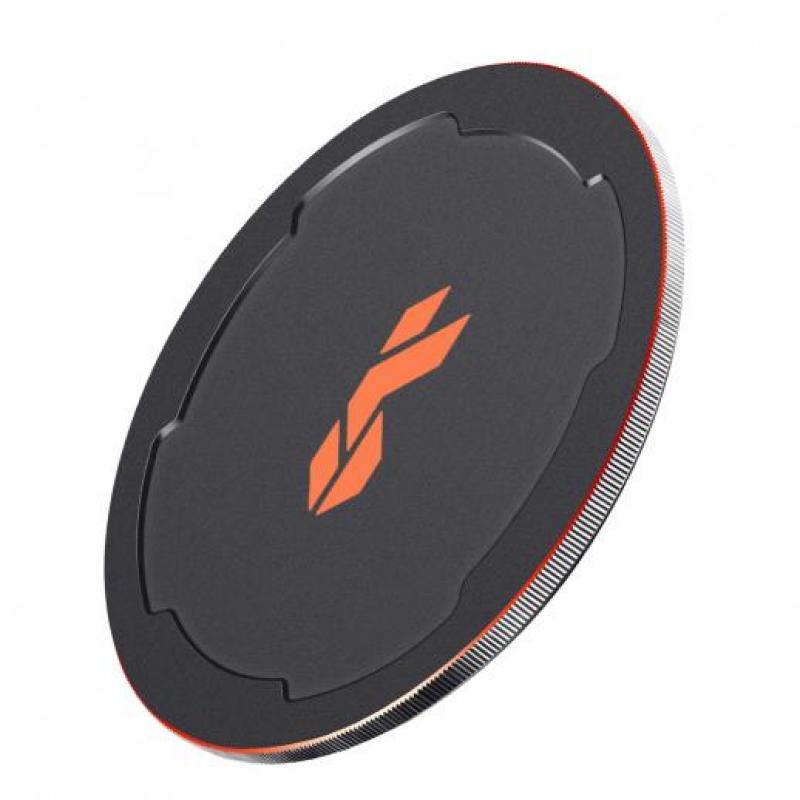
3、 Neutral density filters: Reduces light intensity without affecting color.
Neutral density filters are widely regarded as some of the best lens filters available for photographers and videographers. These filters are designed to reduce the intensity of light entering the lens without affecting the color of the image. They are particularly useful in situations where there is too much light, such as when shooting in bright sunlight or capturing long exposures.
One of the main advantages of neutral density filters is their ability to control exposure. By reducing the amount of light that reaches the camera sensor, these filters allow photographers to use wider apertures or slower shutter speeds, even in bright conditions. This is especially beneficial for achieving shallow depth of field or capturing motion blur in situations where it would otherwise be challenging.
Neutral density filters also offer creative possibilities. With the ability to control exposure, photographers can experiment with different effects, such as capturing smooth waterfalls or blurring moving subjects. These filters are particularly popular among landscape photographers who want to create long exposure images with silky smooth water or streaking clouds.
In recent years, there have been advancements in neutral density filter technology. Some filters now come with variable density, allowing photographers to adjust the amount of light reduction by rotating the filter. This provides greater flexibility and convenience, as it eliminates the need to carry multiple filters with different densities.
Additionally, there are now neutral density filters specifically designed for use with drones and mirrorless cameras. These filters are lightweight and compact, ensuring they do not interfere with the balance and stability of the equipment.
Overall, neutral density filters are highly recommended for photographers and videographers looking to control exposure and explore creative possibilities. With advancements in technology, these filters continue to evolve, offering even more convenience and flexibility in capturing stunning images and videos.

4、 Graduated neutral density filters: Balances exposure in high contrast scenes.
Graduated neutral density (ND) filters are widely regarded as one of the best lens filters for landscape photography. These filters are specifically designed to balance exposure in high contrast scenes, such as capturing a bright sky and a darker foreground. By darkening the brighter areas of the image, graduated ND filters help to retain detail in both the highlights and shadows, resulting in a more evenly exposed photograph.
The latest point of view on graduated ND filters is that they are still highly recommended for landscape photographers. While advancements in post-processing techniques have made it possible to achieve similar effects in editing software, using a graduated ND filter in-camera can save time and effort during the post-processing stage. Additionally, using a filter at the time of capture allows for a more accurate representation of the scene, as it helps to preserve details that may otherwise be lost in overexposed or underexposed areas.
There are various types of graduated ND filters available, including hard-edge and soft-edge filters. Hard-edge filters have a distinct transition line between the darkened and clear areas, making them suitable for scenes with a clear horizon line. Soft-edge filters, on the other hand, have a gradual transition, making them ideal for scenes with uneven or indistinct horizon lines.
When choosing the best graduated ND filter, it is important to consider factors such as filter size, filter material, and filter holder compatibility. Opting for high-quality filters made from optical glass or resin can help maintain image sharpness and minimize color casts. Additionally, investing in a filter system that is compatible with your lens diameter and allows for easy adjustment of the filter position is crucial for achieving precise results.
In conclusion, graduated neutral density filters remain highly recommended for landscape photographers. They offer a practical and efficient way to balance exposure in high contrast scenes, resulting in well-exposed images with preserved details in both highlights and shadows.
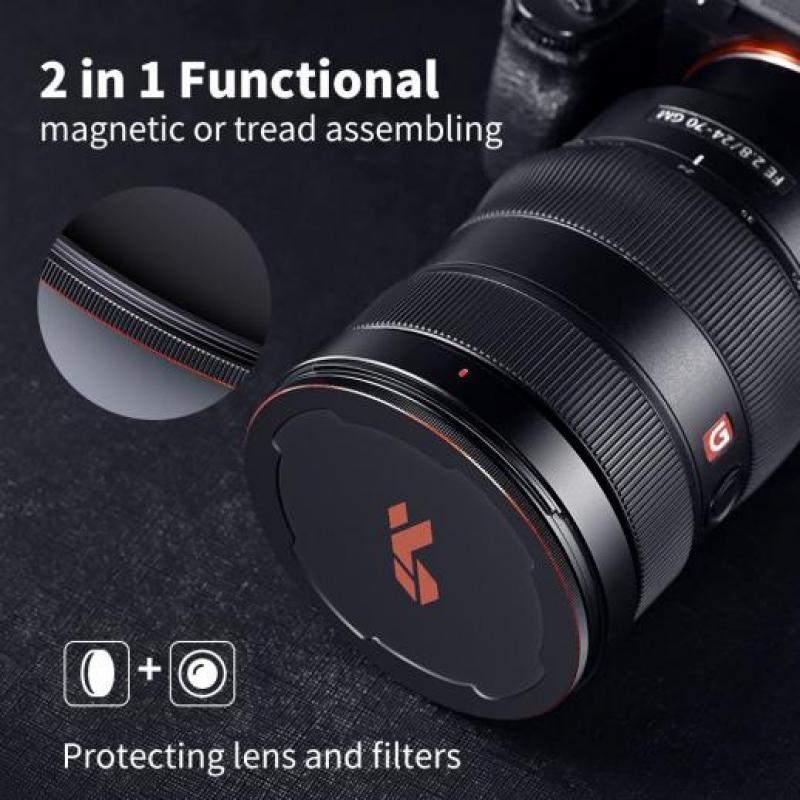









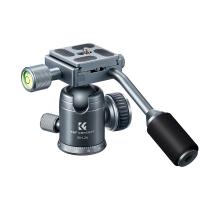


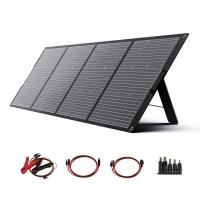

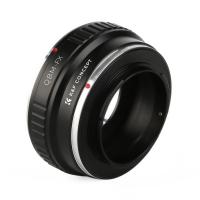
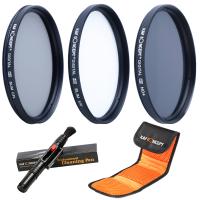



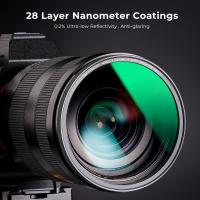
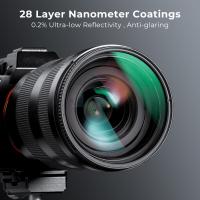

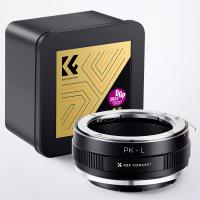


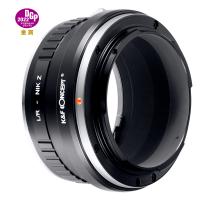

There are no comments for this blog.